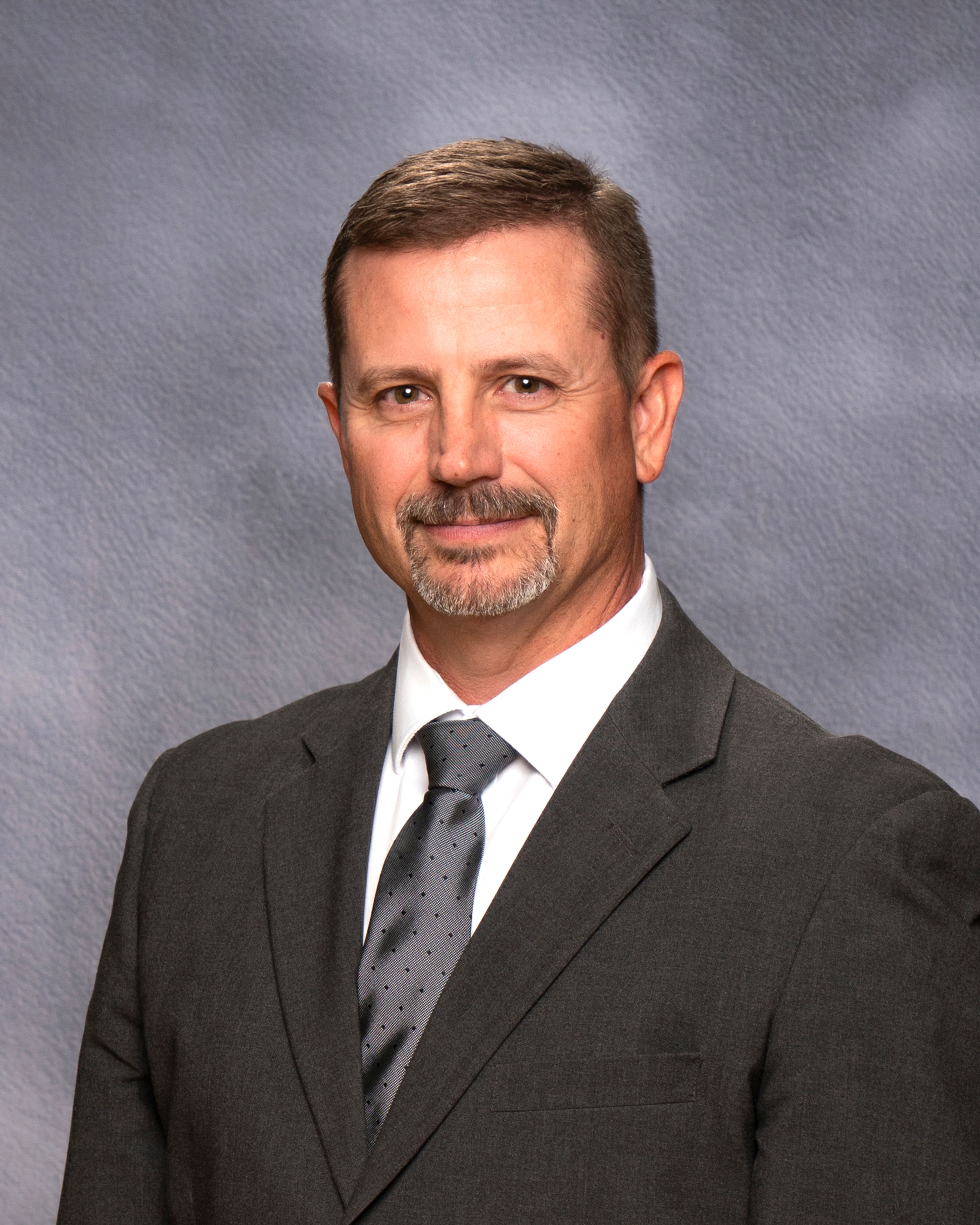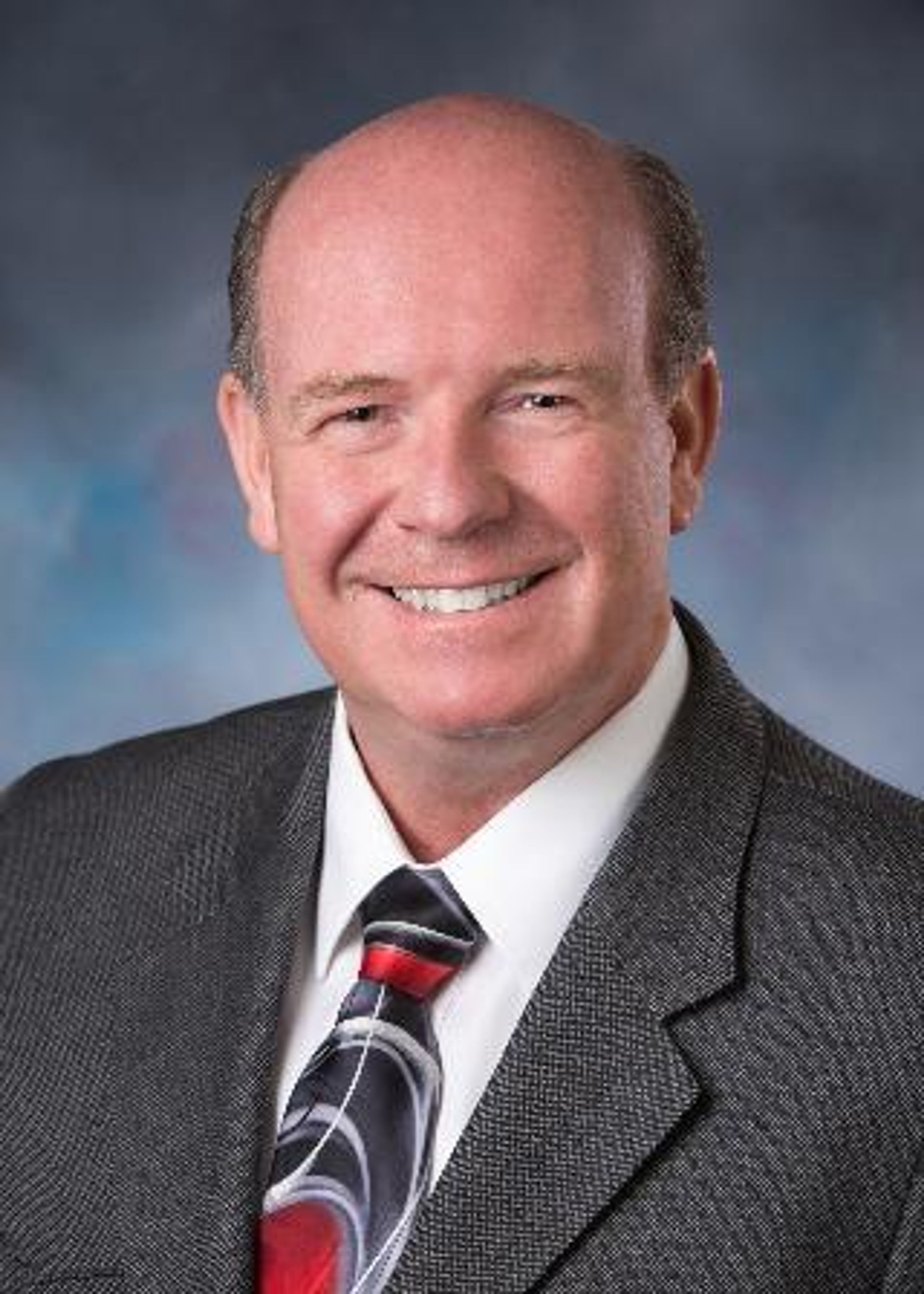The Lewiston School District is one of many in Idaho asking voters to approve its levy as residents face high property taxes.
The district and school board took action to decrease the levy amount, from a rate of $420 per $100,000 of assessed value to a rate of $395 per $100,000 of assessed value. The election takes place March 14.
Superintendent Lance Hansen said the supplemental levy makes up 36% of the budget for the district. Most of the rest of the budget is funded by state revenue. Other smaller parts of the budget are paid for by federal funds or grant money, however, those are “dedicated dollars,” meaning they have to be used for specific programs.
The levy being asked for won’t be going to pay for the new high school, which is paid for by the bond that was passed, or pay for new athletic facilities at the high school, which will be paid for by a capital project, not taxpayers.
The parts of the budget the levy pays for includes additional classified and certified staff; special education and early childhood employees; kindergarten through third grade literacy programs; Career Technical Education; music programs; co-curricular and extra-curricular activities; security cameras; and school resource officers.
This year, knowing the high increase in property taxes were affecting residents and voters, the district, with the approval of the school board, decreased the rate. Hansen said they looked at the market value from the past 15 years and adjusted it for the market growth of homes and businesses and figured out a break-even point. He said that although the decrease might not seem like much, every 20 cents dropped from the rate is a million dollars cut from the budget.
With inflation, the cost of supplies has increased, staffing shortages mean higher wages to recruit and retain employees and fuel increases have also resulted in more expenditures for the district.
The district also is asking for the levy a year early so it has time to alter the budget. It also gives time for the school district to modify changes from state funds. Additional funds from the state can also affect the rate for the taxpayer.
“Supplemental levies fill the gap between what the state gives us and what we need,” Hansen said. “If the state comes through with a commitment to education, that will allow us to levy fewer dollars regardless of the rate.”
The Lewiston School District’s levy works differently than other districts in the state because the school charter was established before Idaho was given statehood. The Lewiston School District levy is at a rate, not a fixed amount. It can also be levied for a longer period at five years while most other levies are for one to two years.
Hansen said that because the Lewiston School District has a rate amount instead of a total amount for the levy, the district works with the county assessor to estimate the total amount collected and build the budget off that. Budgets are planned in April, set in May and implemented in July for the coming school year. The district can collect less than the projected amount but not more.
That’s different from other school districts that have a total levy amount. If those districts ask for a $2 million levy, the tax rate can change based on the property value, but the total collected won’t change.
Hansen said he’s heard about plans by the legislature and governor to decrease property taxes with various plans, some that could affect school districts collecting taxes.
“I would hope (the legislature and governor) provide property tax relief, I think that’s something everyone has on their mind,” Hansen said. “I do think that is definitely a concern over property taxes and I believe the school district recognized that.”
Hansen said that although the levy rate is down, the total amount being taxed by the voters might be higher than other districts in the state because of the combination of levy, the permanent levy and the bond at the district. Although the individual rate of the supplemental levy might be less than other districts, the three taxes together could be higher.
Hansen said the voters have been supportive of the levy since at least 1986 when it started and it has been renewed every five years since 1988.
“We believe our community is our partner,” Hansen said. “Having 36% of your budget rely on the community, to me, is a pretty big deal. That portion says the community is totally invested in what you’re doing … and that it has passed with 80% shows the continued vote of confidence in what we’re doing for the community.”
If the levy doesn’t pass, that means the district will lose nearly 40% of its budget and decisions will have to be made on what to go without. Hansen said that because 85% of the budget is made up of personnel costs, reducing the staff would be necessary, which would then affect the programs and opportunities for students.
“My job, the district’s job, is to give information to the public and tell our story and let them know our dollars going toward schools are getting the results they expect,” Hansen said.
Lewiston School District isn’t the only district in the area asking for a levy, others include:
- Genesee School District: $442.46 per $100,000 of taxable assessed value for a total $1,185,000 levy for one year.
- Kendrick Joint School District: plant facility reserve fund — $28.70 per $100,000 of taxable assessed value for a total $60,000 levy for five years; supplemental levy — $358.79 per $100,000 for a total $750,000 levy for two years.
- Highland Joint School District in Craigmont: $248.72 per $100,000 of taxable assessed value for a total $499,000 levy for one year.
- Potlatch School District: $408.60 per $100,000 of taxable assessed value for a total $1.6 million levy for one year.
Early voting and voting by mail is now available. Ballots by mail must be received by March 14 to be counted and Friday is the last day to apply for mail voting. Early voting is available at Nez Perce, Latah, Idaho and Lewis county courthouses until March 10.
In-person voting will be available from 8 a.m. to 8 p.m. March 14 at regular voting locations.
Brewster may be contacted at kbrewster@lmtribune.com or at (208) 848-2297.









